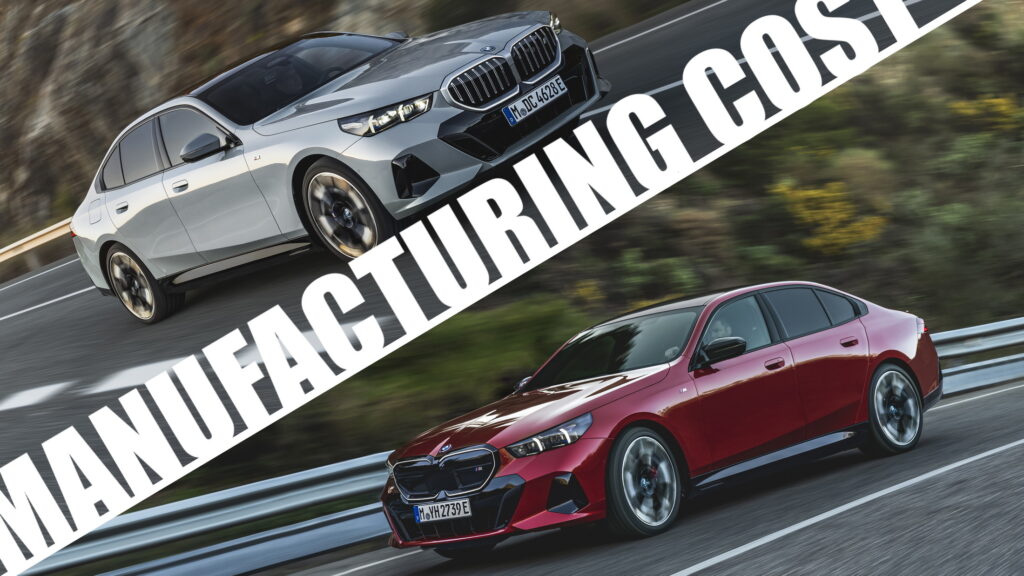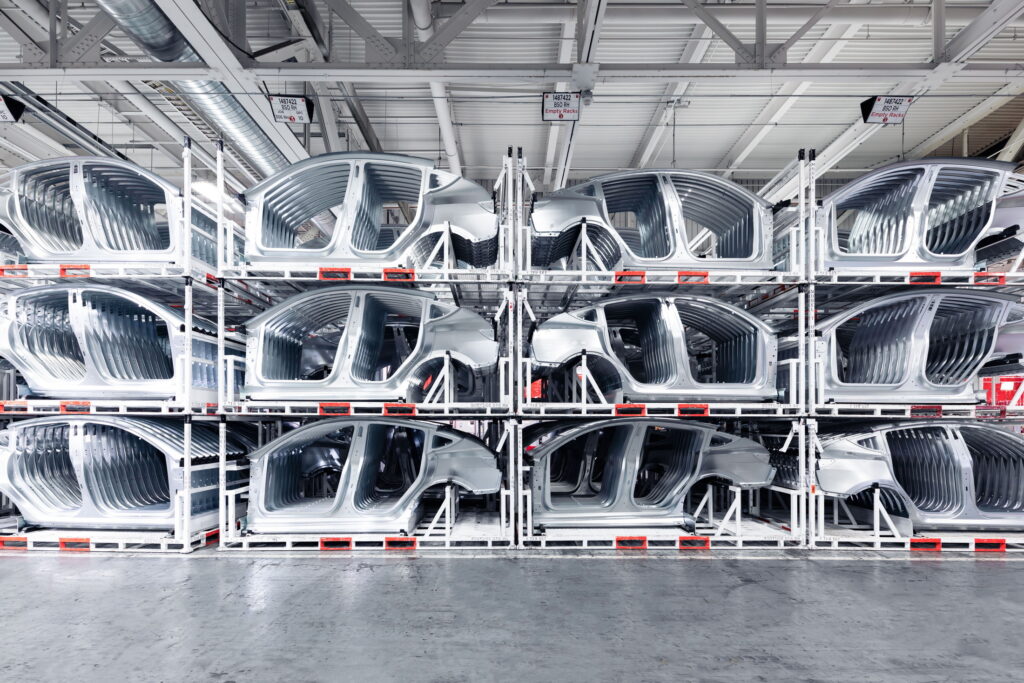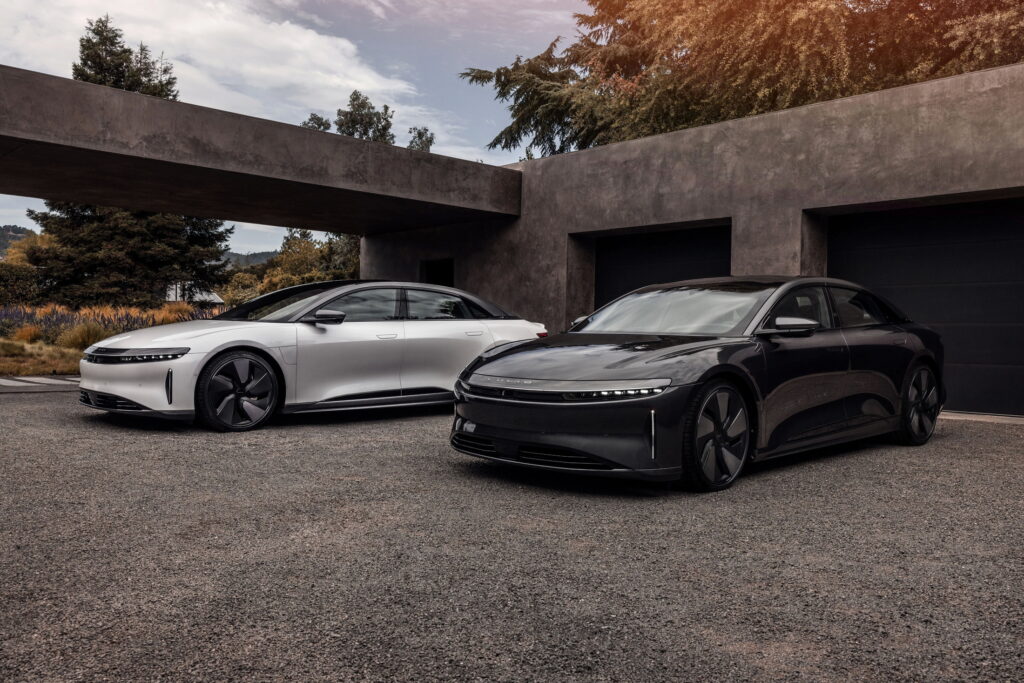As automakers get better at making EVs, and gigasting techniques become ubiquitous, the cost of production goes down, but repair prices are rising
3 hours ago
 –>
–> 
–>
One of the major concerns facing consumers who are interested in an electric vehicle is the cost of those vehicles. Things are getting better, though, and market analysis firm Gartner predicts that by 2027, EVs will actually be cheaper to produce than internal combustion vehicles. But it’s not all good news.
Big battery packs, new engineering, and the cost of development have conspired to push the prices of EVs. However, innovations in new manufacturing techniques, as well as improving EV design, will help push down prices for battery-powered vehicles much faster than expected.
“New OEM incumbents want to heavily redefine the status quo in automotive,” said Pedro Pacheco VP of research at Gartner. “They brought new innovations that simplify production costs such as centralized vehicle architecture or the introduction of gigacastings that help reduce manufacturing cost and assembly time, which legacy automakers had no choice to adopt to survive.”
advertisement scroll to continue
Read: What The Hell Is Gigacasting And Why Are Automakers Going Crazy For It?

Unfortunately, that will also have an impact on repair bills, as well customers’ insurance premiums. While Tesla’s gigacasting technology has allowed it to wage a price war with other EV manufacturers, its vehicles are also notably expensive to fix.
As other automakers follow its lead, Gartner predicts that the average cost of repairing serious body or battery damage will increase by 30 percent. That could lead to more write-offs, and may even lead some insurers to refuse coverage to certain vehicles.
EV sales will continue to grow globally
Despite that, EV sales are expected to continue growing globally in the coming years. Gartner estimates that deliveries will rise to around 18.4 million in 2024 and to 20.6 million in 2025, up from 15.4 million in 2023. Though positive, that’s not quite skyrocketing growth, and has turned what was an EV gold rush before the pandemic into a survival of the fittest kind of situation. And not every startup is fit right now.
“With the perceived promise of easy gains, many startups gathered into the EV space — from automakers to EV charging — and some are still heavily dependent on external funding, leaving them particularly exposed to market challenges,” said Pacheco. “In addition, EV-related incentives are being progressively phased out in different countries, which makes the market more challenging for incumbents.”
As a result, Gartner predicts that there will be a consolidation in the industry, and that 15 percent of startups will either be bankrupt, or will have been purchased by 2027.


